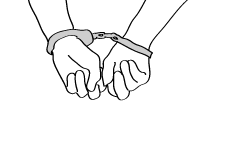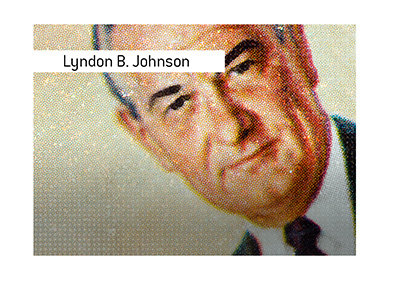Outstanding Consumer Credit Has Skyrocketed Since 1970
 According to the Federal Reserve, there was a total of $128.3 billion in total outstanding consumer credit in the United States in April of 1970.
According to the Federal Reserve, there was a total of $128.3 billion in total outstanding consumer credit in the United States in April of 1970. Of this total, $124.0 billion was in non-revolving credit, while the remainder (approximately $4 billion or so) was in revolving credit.
Non-revolving credit is made up of loans that have a fixed repayment schedule, such as student loans or car loans. Revolving credit, on the other hand, is credit that can be used repeatedly, assuming that you continue to pay off your balance (the best example of revolving credit is a credit card).
In inflation-adjusted terms, this works out to about $694 billion in outstanding non-revolving credit, and just $22.34 billion in total outstanding revolving credit.
Now, let’s fast forward to April of 2010.
The American public has been able to trim back the total amount of outstanding consumer credit since the start of the “Great Recession”, but the numbers are still staggering.
As of April 2010, there was a total of $2.44 trillion in total outstanding consumer credit in the United States.
Of this total, $837 billion came in the form of revolving credit (ie credit cards), while the remainder (about $1.6 trillion or so) came in the form of non-revolving credit.
In July of 2008, outstanding consumer credit hit an all-time high of around $2.58 trillion in the United States. Of this total, near $1 trillion ($974 billion to be exact) was in the form of revolving credit.
The American public had a sick addiction to credit cards and home equity loans at the time, and the sudden contraction of the credit markets at the onset of the “Great Recession” resulted in the US economy falling flat on its face. Many people were simply spending money that they didn’t have, and the sudden disappearance of available credit sent shockwaves through the US economy.
The total amount of revolving credit has fallen dramatically over the past two years ($974 billion to $837 billion), but the number is still extremely high.
After months and months of constant contraction in outstanding consumer credit, things started to stabilize in April. As a matter of fact, total outstanding consumer credit managed to tick higher in April, buoyed by a healthy increase in outstanding non-revolving credit. Revolving credit numbers, on the other hand, remain in freefall.
It should be interesting to see where these numbers are at in a year or two, especially if unemployment numbers remain high and the “economic recovery” continues to stagnate.
Source: Federal Reserve - Historical Consumer Credit Numbers
Filed under: General Knowledge



